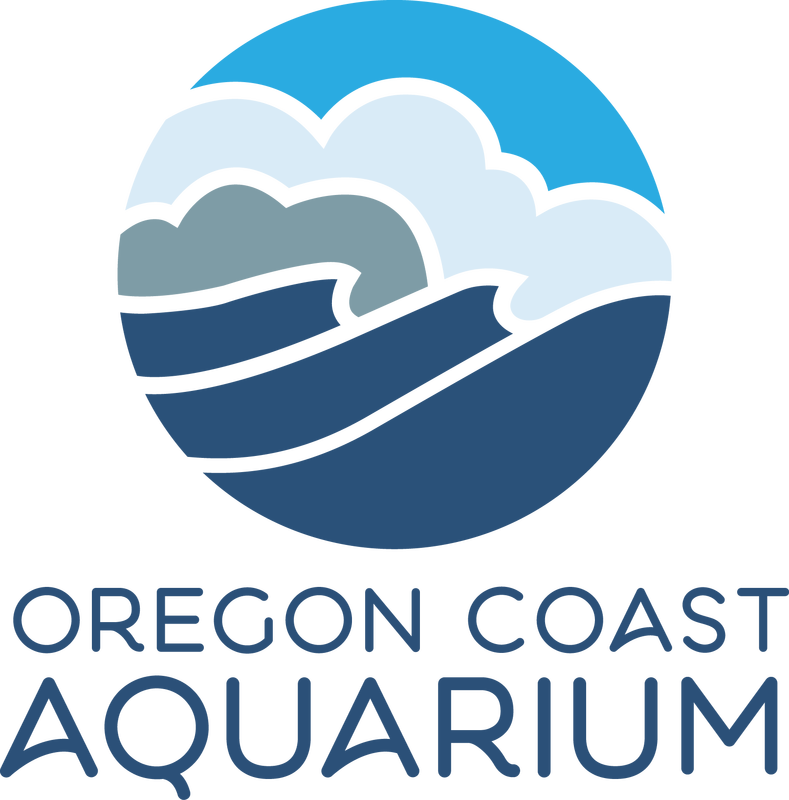ECOSYSTEMS > INLAND OREGON > LAKES AND PONDS
There’s no one way to define the biology of a lake or pond because each one is influenced by unique conditions and external factors. Everything from the chemical makeup of the water to local weather patterns will help determine what plants and animals live in and around the lake or pond.
Because these basins are natural collection points, they are often vulnerable to pollutants which may flow into them from the surrounding land as runoff, from tributary streams or creeks, or fall through the atmosphere as precipitation. Starting in the 1970s, scientists began to notice an increase in hypoxic areas in many large lakes throughout the world. Sometimes referred to as “dead zones,” these pockets of low-oxygen result in the destruction of aquatic organisms which would normally occur in lakes. A similar phenomenon is also being studied in the world’s ocean.
Hypoxic episodes can occur naturally, but the recent increases in their size and frequency has been tied to human activity. Many of the nutrients we use in agricultural fertilizers, namely nitrogen and phosphorus, ends up in our lakes. The abundance of these nutrients causes an explosion in the density of phytoplanktons in what are commonly known as “algae blooms” (see photo above). The algae grows so fast and thick, it actually “smothers” other forms of aquatic life creating the “dead zone.”
Recent bans on harmful fertilizers may help curb the problem, but lakes and ponds are still susceptible to damage from other environmental forces including climate change.
Related Features: The Difference Between Lakes and Ponds | Youth Activities: Conservation Projects | Youth Activities: Climate Change Action
There’s no one way to define the biology of a lake or pond because each one is influenced by unique conditions and external factors. Everything from the chemical makeup of the water to local weather patterns will help determine what plants and animals live in and around the lake or pond.
Because these basins are natural collection points, they are often vulnerable to pollutants which may flow into them from the surrounding land as runoff, from tributary streams or creeks, or fall through the atmosphere as precipitation. Starting in the 1970s, scientists began to notice an increase in hypoxic areas in many large lakes throughout the world. Sometimes referred to as “dead zones,” these pockets of low-oxygen result in the destruction of aquatic organisms which would normally occur in lakes. A similar phenomenon is also being studied in the world’s ocean.
Hypoxic episodes can occur naturally, but the recent increases in their size and frequency has been tied to human activity. Many of the nutrients we use in agricultural fertilizers, namely nitrogen and phosphorus, ends up in our lakes. The abundance of these nutrients causes an explosion in the density of phytoplanktons in what are commonly known as “algae blooms” (see photo above). The algae grows so fast and thick, it actually “smothers” other forms of aquatic life creating the “dead zone.”
Recent bans on harmful fertilizers may help curb the problem, but lakes and ponds are still susceptible to damage from other environmental forces including climate change.
Related Features: The Difference Between Lakes and Ponds | Youth Activities: Conservation Projects | Youth Activities: Climate Change Action




